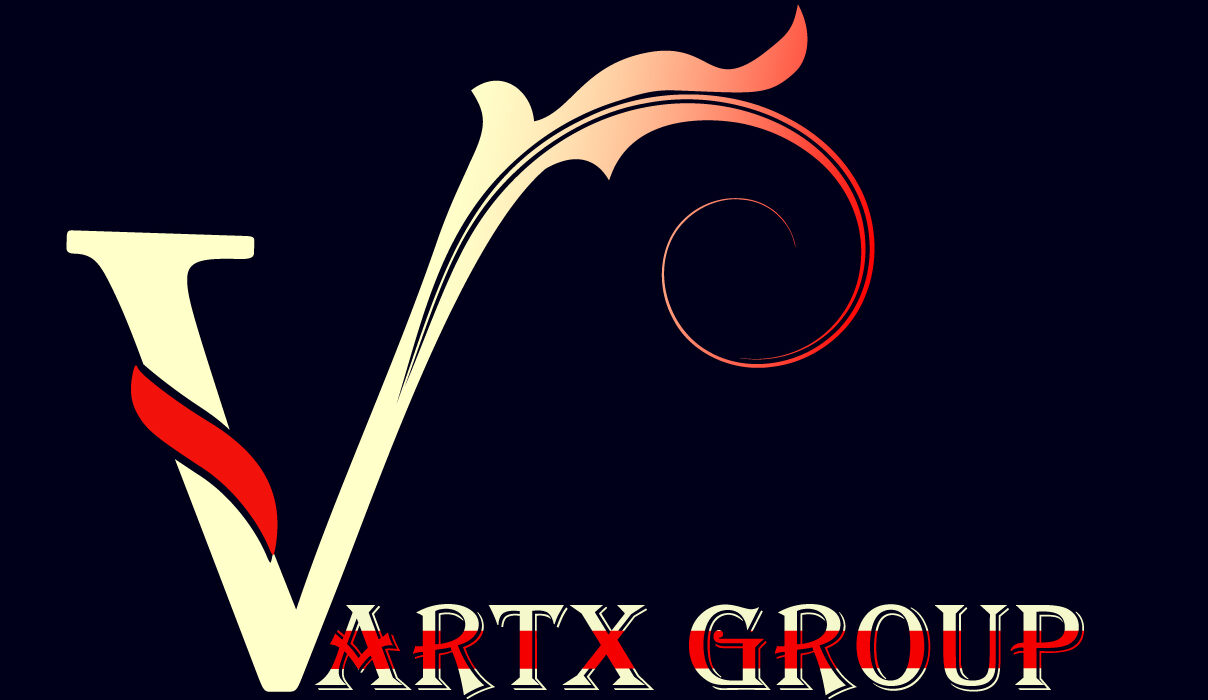5 common myths about graphic design
1. Graphic design is just about creating logos
In this design kit created by Gemma Hindhaugh for stationery company Today We Print, you can see that logo is just one aspect of the overall brand direction. Typography, colors and material also come into play. Via Behance.
Logos are an important graphic design asset for any business. They become an emblem of your company, which people will come to identify with your brand values and what you offer. You only need to look at the Nike swoosh accompanied with ‘Just Do It’ or the McDonald’s’ golden M to see this in action. Graphic design isn’t solely about creating logos. Graphic design is the art of creating visual content to communicate a certain message.
This can be applied to a vast array of mediums—whether that’s posters, magazine spreads, album covers, infographics brand presentations—the list goes on!
Design tip: Use your logo as a starting point to inform the rest of your brand kit, including your color palette and typography. These should remain consistent throughout all of your brand assets for a cohesive look.
This modern Black and White Bordered Band Logo template could be easily customized with your own brand colors and font for a simple yet effective logo.
2. Graphic design is only for print mediums
In 2018, graphic design encompasses a wide range of digital mediums, perhaps even more so than print. This includes website banners, social media graphics, and email newsletters. Many graphic designers even find that their roles now cross over with web and UX (user experience design), content creation and social media.
Design tip: Whether it’s YouTube channel art, email headers, Facebook covers and blog banners, each web or social media platform uses banners of different sizes. Using templates in the right dimensions is useful to ensure that your design will fit perfectly and avoid pixelated banners.
The Greyscale Photo Masculine Fitness Facebook Cover template is the perfect dimension for a Facebook cover image, which can be used for your brand’s Facebook page or group. Split into two clear sections, you can easily swap the image and brand information out with your own for a perfectly balanced Facebook banner.
This animated GIF uses a slideshow of bold text graphics, images and icons to create a social media ad that stands out on Instagram. Via The Beauty Insider Graphic design is no longer limited to still imagery or graphics. As video continues to grow into one of the most powerful advertising mediums, animation and videos are becoming an important part of the graphic design toolkit. This includes GIFs, graphics for YouTube videos, animated infographics and social media ads featuring a slideshow of images and graphics.
Design tip: If you’re running Facebook ads for your business, you may want to consider creating video slideshows or GIFs for your brand, as research shows that Facebook users are five times more likely to engage with this than static imagery.
This animated GIF created in Canva uses a sliding animation and contrasting blue color and font against a black and white background to make the message more impactful. Via Canva Animations announcement.
4. You need fancy tools for graphic design
Blogger Your Chic Geek created this simple yet effective Pinterest graphic promoting a new blog post using Canva.
Most professional graphic designers use complex design software and a tablet with a stylus for freehand design elements. While these resources can give designers more freedom with their designs, they can be quite expensive and take years to master. The good news is, the average person doesn’t need to invest in these pricey tools to create graphic design elements.
Design tip: There are many free design tools on the market (including Canva) that make graphic design easy and accessible. Using these tools for every piece of branding collateral will help give your brand an elevated and professional look.
5. Graphic design is just about picking the right font
In this typography project for beer company Green Stallion, you can see that typeface goes far beyond just choosing a font. Spacing, font ‘tails’, uppercase and lowercase version, symbols and legibility have all been considered. By Hamza Sunghar via Behance.
The art of arranging text is one of the key elements of creating beautiful designs. However, this is not simply about choosing a font that looks good. You must consider which font type suits your brand message, values and target demographic.
For example, cursive script tends to compliment brands with a traditional feel, while solid sans serif fonts are more modern. Other considerations involve the combination of fonts on the page, the size, and boldness of the text, the spacing between letters, and the color of the text.
However, typography isn’t the only thing to consider when it comes to graphic design. It’s all about the interplay between the text and the other elements on the page, including images, graphics, shapes, lines, framing, and white space. In order to create a powerful design, these must all work together in perfect synchronicity.
Design tip: It’s a good idea to make the text the last element you add to your design, so you can ensure your typography compliments the overall design.
In the Texture Earth Quote Poster template, the creator has masterfully combined bold typography, wide spacing, and alternating line spacing to with the framing of the olive branch graphics to create an eye-catching design.



